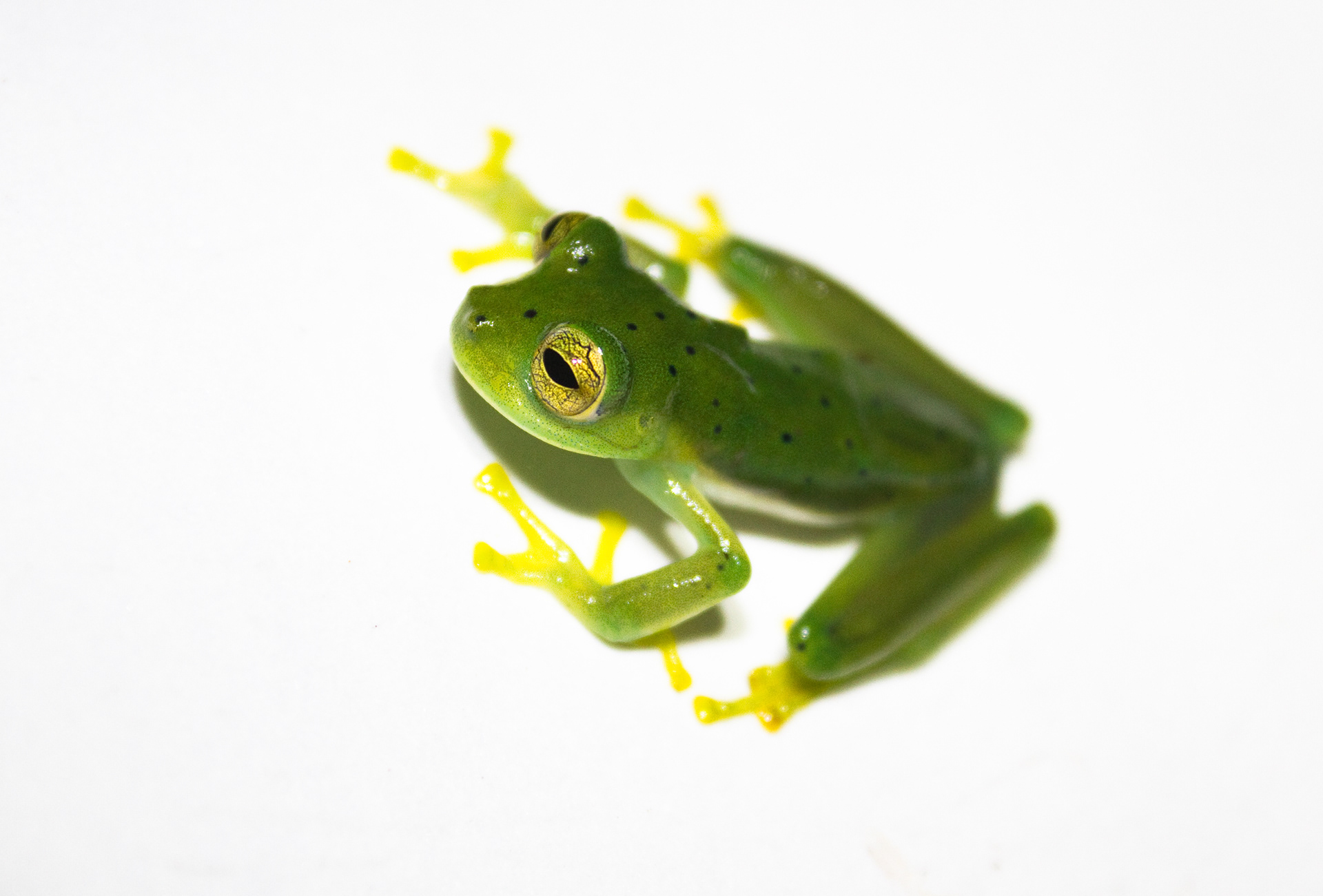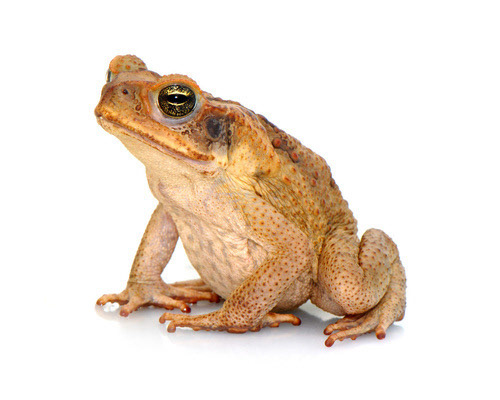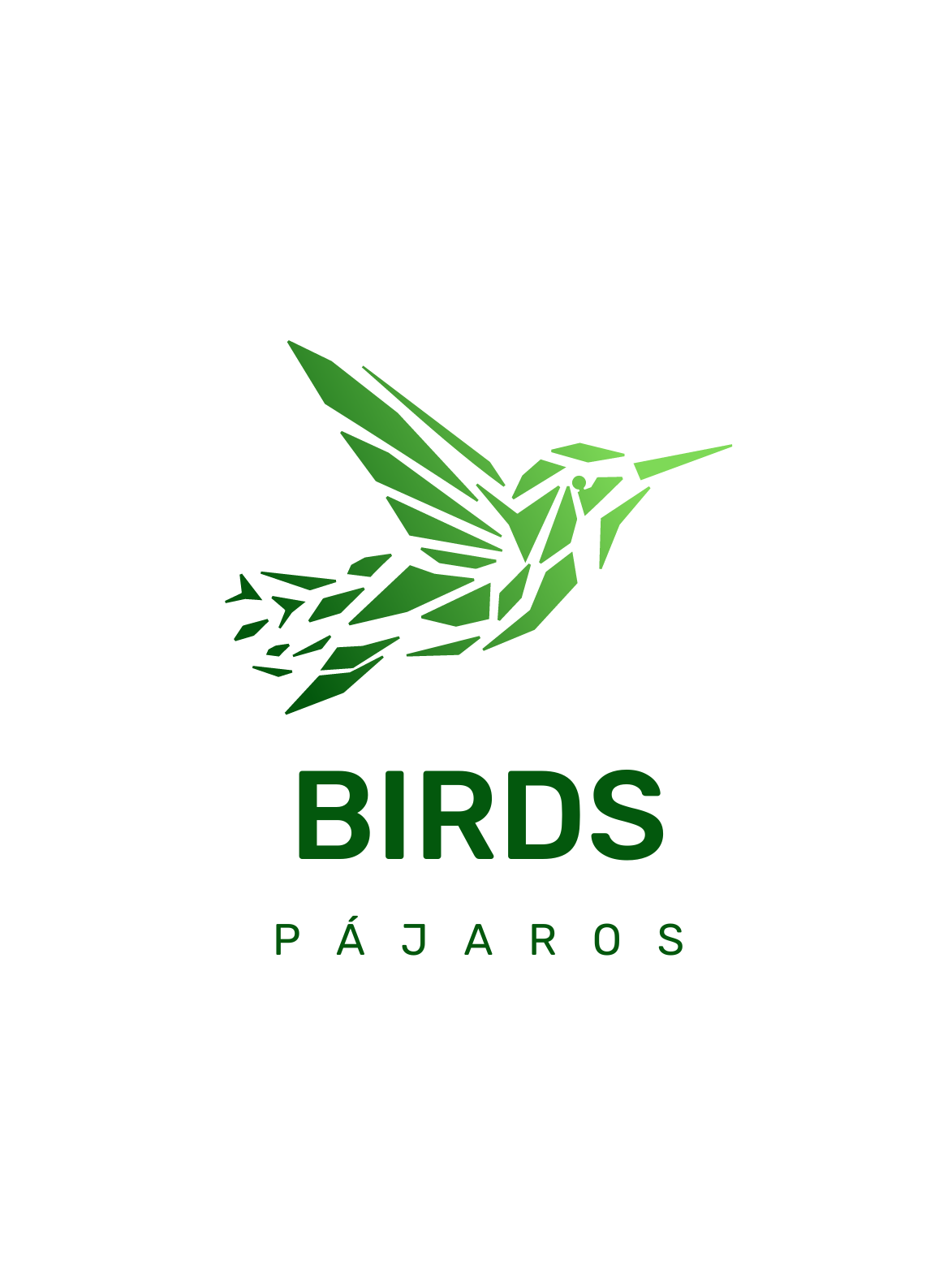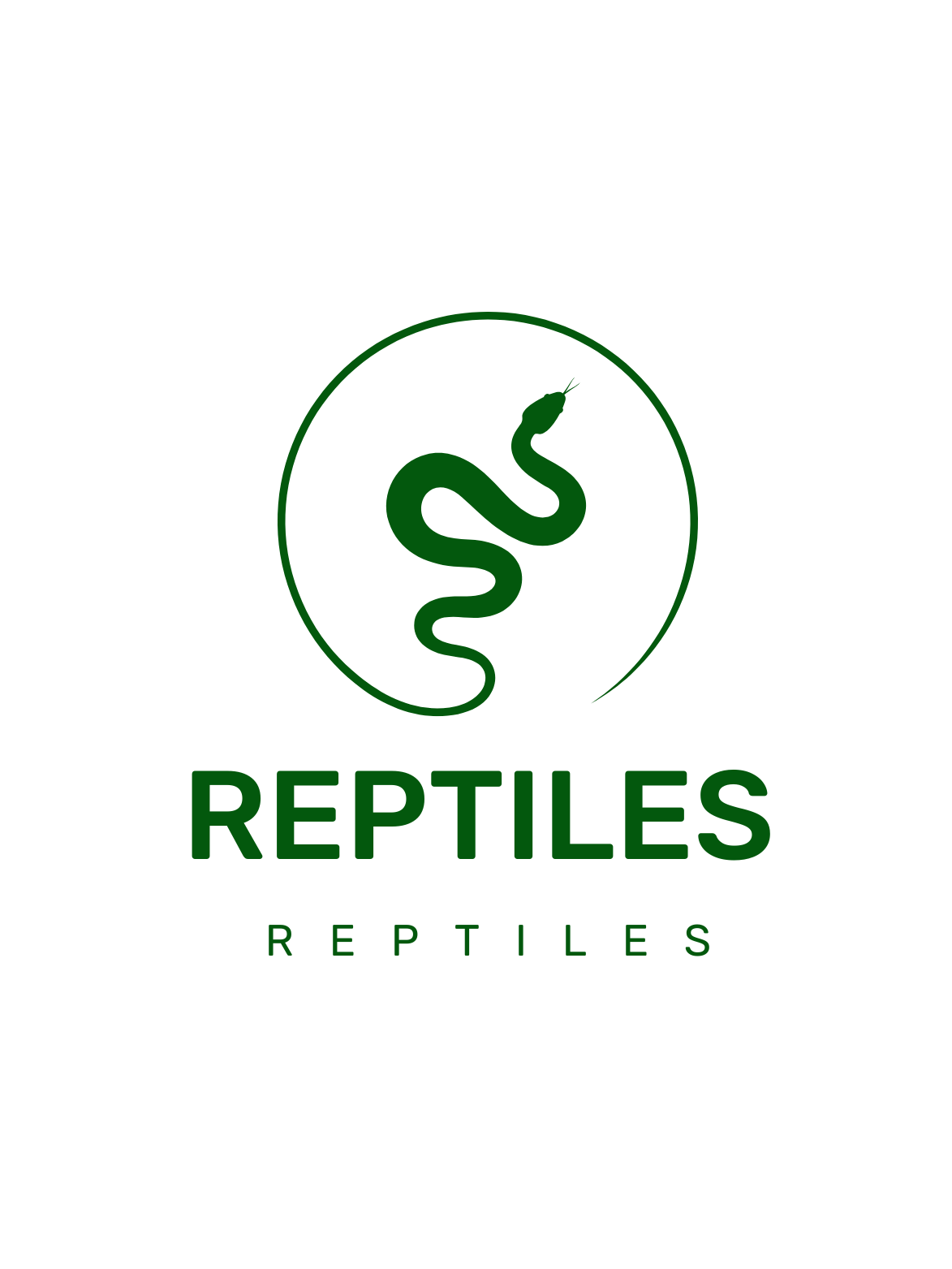Amphibians are cold-blooded animals that require a specific habitat to thrive, and the Pululahua Geobotanical Reserve in Ecuador provides an ideal environment for several species of amphibians. This reserve is located in the Andean highlands, which makes it an excellent habitat for cold-adapted species of amphibians. Additionally, the Pululahua reserve has a range of habitats, including cloud forests, which provide an ideal environment for several species of amphibians.
The amphibians in the Pululahua Geobotanical Reserve are threatened by various factors, including habitat loss, climate change, and pollution. Habitat loss is a major concern for amphibians, as deforestation and land use change can lead to the destruction of their habitats. Climate change is another major threat to amphibians, as changes in temperature and precipitation patterns can affect their behavior, reproduction, and survival. Pollution, including water and air pollution, can also harm amphibians.
To protect the amphibians in the Pululahua Geobotanical Reserve, conservation efforts are necessary. One way to protect amphibians is by preserving their habitat. This can involve reducing deforestation, promoting sustainable land use practices, and protecting important wetland areas. Another approach is to mitigate the impacts of climate change, which can involve reducing greenhouse gas emissions and developing adaptation strategies. Additionally, efforts to reduce pollution can help protect amphibians.
In conclusion, the Pululahua Geobotanical Reserve in Ecuador provides an ideal habitat for several species of amphibians. However, these amphibians are threatened by various factors, including habitat loss, climate change, and pollution. To protect these species, conservation efforts are necessary, including preserving their habitat, mitigating the impacts of climate change, and reducing pollution.

Glass Frog (Espadarana prosoblepon) The Glass Frog (Espadarana prosoblepon) is a species of frog found in the tropical forests of Central and South America, including the Pululahua Geobotanical Reserve in Ecuador. They are named for their translucent skin, which allows their internal organs to be visible from the outside. Their body coloration can vary from bright green to pale yellow or brown, and they have large, bulging eyes. Glass frogs are arboreal, meaning they spend most of their time in trees and bushes near streams or rivers. They are active mostly at night and feed on insects, spiders, and other small invertebrates. Glass frogs are known for their unique reproductive behavior, in which the male frog guards the eggs that are laid on leaves overhanging water bodies until they hatch.



